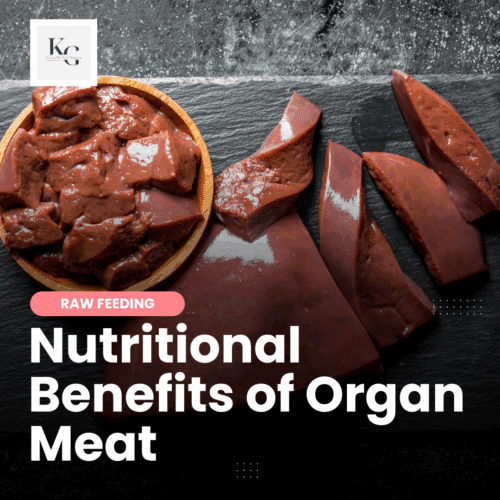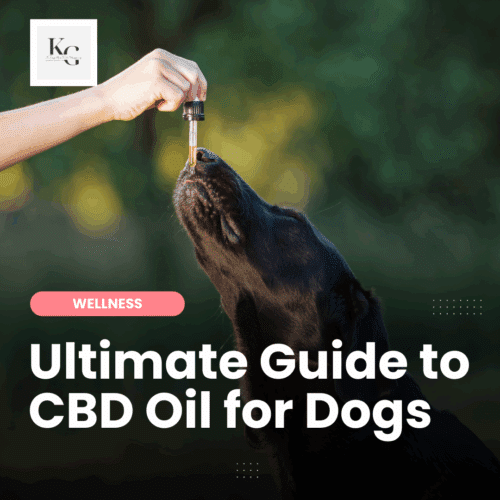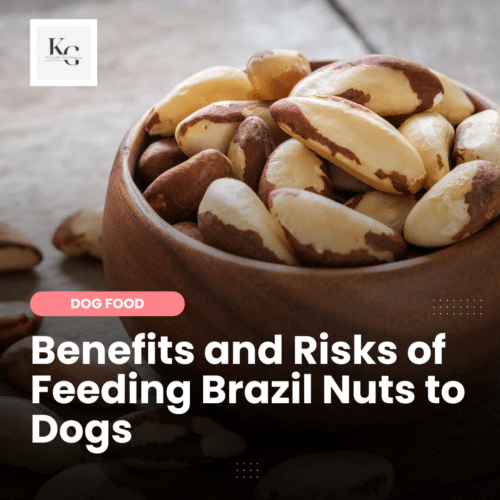Keep the Tail Wagging is supported by pet parents. I occasionally earn a commission (at no additional cost to you) when you click through an affiliate link to one of my favorite products. Thank you for your support. Read More
For years, I read that we have to feed green tripe because all those yummy enzymes are great for digestive health and green tripe is a superfood. In fact, I've read that green tripe is so good for our dogs that there are people who only feed their dogs green tripe, something I considered doing in the past.
Today, I have two dogs that have trouble eating green tripe. I'd like to feed green tripe at least two days a week to all of our dogs, but that wouldn't work for my boys. A full meal of green tripe would result in gas and diarrhea for the day – no fun for any of us. So through trial and error, I figured out that Rodrigo and Scout can share 1/4 cup of green tripe two meals a week. That's it. Well, more if I add Olewo Carrots (a natural supplement that supports gut health and stops diarrhea) to the meal. My girls, however, can eat a full meal of green tripe and usually do so 2-4 meals each week.
After more than five years feeding raw, I've learned a lot of things about my dogs' diet, including the reason green tripe is beneficial, which is different than what I was told initially.
What is Green Tripe?
Green tripe is the stomach of ruminating animals (cows, sheep, lamb, deer, and goats are usually what comes to mind). What makes green tripe so beneficial is that animals with a stomach made up of four chambers are redigesting their food several times, breaking it down a boatload of digestive enzymes.
The Known Benefits of Green Tripe
The following are the benefits of green tripe most of us know about and this is why we feed it to our dogs:
- Green tripe is the perfect balance of calcium and phosphorous; I like to add it to meals that don't contain bone. It's also great for dogs that can't eat a raw meat or recreational bone or to buy you time while you get used to the idea of your dog chomping on bone.
- Green tripe brings to the plate digestive enzymes that help our dogs better digest their food and absorb nutrients.
- Green tripe is great for dental health when fed whole. All of the ripping and tearing cleans and flosses the teeth while giving the dog a great neck and shoulder workout as they go to town on the tripe.
- Green tripe is great for picky eaters or a dog that isn't feeling well; the smell (it smells like a barn or state fair, but right in your face) tempts many dogs to the dish.
- Green tripe is a nutritious meal, which makes it easy to thaw and feed when I'm running behind on meal prop.
Additional Benefits of Green Tripe
When I began using a nutrient spreadsheet, I found a HUGE hole in my dogs' raw diet – choline. I was plugging in protein after protein and none had enough choline and I began to wonder if I needed to start supplementing this macronutrient. And then I began entering the nutrients in green tripe and it turns out that it has a load of choline.
On average, my dogs need about 750 mg of choline daily, that is about 13 ounces of green tripe per dog. I can feed that much tripe in a day or I can feed a small amount over a week. If you're reading this and starting to panic because you don't have a source of green tripe, no worries. As I continued to add to my nutrient spreadsheet (shout out to Destiny White for helping me get started), I found that the following foods are also rich in choline:
- large chicken egg (approx. 50 grams) = 126 mg of choline
- duck egg (approx. 70 grams) = 184 mg of choline
- lamb (approx. 4 ounces) = 78 mg of choline
- carp burgers (approx. 8 ounces) = 146 mg of choline
Other foods high in choline include raw goat's milk, liver, grass-fed beef, and salmon. So don't panic. It's possible to meet this nutritional requirement through variety.
Benefits of Choline for Dogs
Before I began tracking my dogs' nutrients, I had never heard of choline. Turns out that it's a macronutrient that supports the following:
- liver health
- brain development and cognitive health
- never functions, which is especially great for senior dogs
- muscle movement
- a healthy metabolism
- healthy lungs
So, it's important that we don't skip over this one.
Signs of a Choline Deficiency
Choline deficiency in dogs can result in the following:
- weight loss
- vomiting
- fatty liver disease
- death
For years, I believed that as long as we started a dog's raw diet with a base of 80% muscle meat, 10% bone, and 10% organs, while also alternating at least three proteins (red meat and white meat), we could successfully meet a dog's nutritional requirements. It wasn't until I learned that oysters are a good source of zinc that I began to wonder if my dogs were getting enough zinc. From there, I took an interest in the macro and micronutrients present in my dogs' diet.
I track my dogs' nutrients because as I learn more about dog nutrition, I want to make sure that I correct any deficiencies long before they're revealed and damage has been done to my dogs' health. I now educate myself about what they need in their diet. So while I don't think it's necessary for everyone to track their dogs' nutrients, especially when they are brand new to raw feeding, I do believe that it doesn't hurt to become familiar with the nutritional requirements of our pets just in case. It's not as hard as it seems.
Sources for this Blog Post
- What Is Choline? Benefits, Sources & Signs of Choline Deficiency, Dr. Axe
- DSM.com
- Choline for You Dog's Brain, Animal Wellness Magazine

















I have tried raw diet in the past, but didn’t stick with it. I am trying it again. I have 4 dogs, so am trying to work raw into my budget by starting with 1 dog. She can eat anything with no issues.
I got info from a lot of friends who feed raw and have read about it, so I can do it right. I have found your site helpful in that you also cover things such as the bone grinders and where to find things.
Thanks!
This blog is fascinating. I love how you get into the details of each nutrient like this.